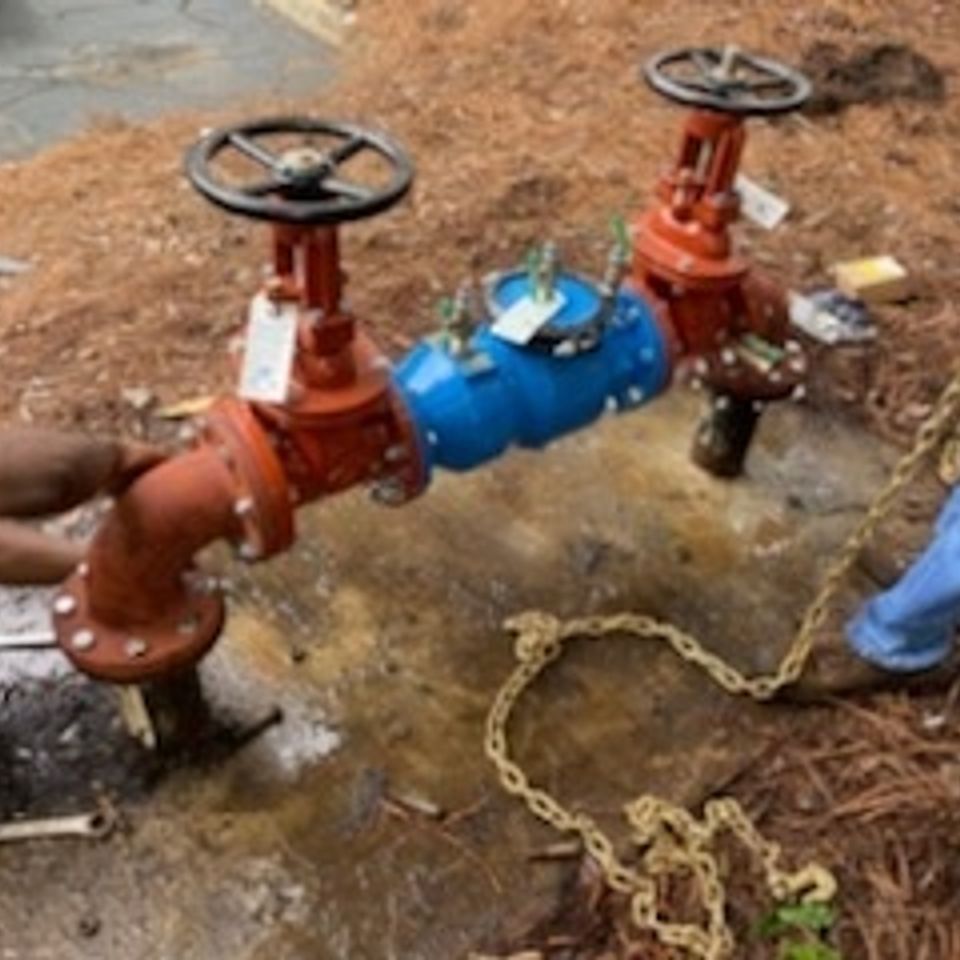Should I Conduct Backflow Testing on My Water Supply?
Should I Conduct Backflow Testing on My Water Supply?
Blog Article
Do you find yourself on the lookout for guidance around Backflow Assembly Testing?

Yes, you need to backflow examination your house's water system to make sure that the water is free of toxic substances and also damaging degrees of chemicals. You need to not attempt to execute heartburn testing on your own since of the tools called for and room for error. We suggest that you call a professional plumber every number of years to evaluate your water.
Backflow Can Effect Both You and also Your City
Several cities develop heartburn standards due to the fact that hazardous heartburn can affect the general public water system in addition to a solitary building. Luckily, contemporary cities have backflow devices in place that secure the water supply that comes from the majority of homes and business buildings. The real threat comes from irrigation systems, which can hurt the water system with poisonous fertilizers, manure, and also other chemicals.
What Creates Backflow?
A regular reason of heartburn is a loss of water pressure that triggers the water to siphon back into the water supply. After some time, there is a loss in water stress and the hose begins to suck the water back right into the water supply. As you can visualize, there are now chemicals from the paint that are getting in the water supply, potentially presenting a risk.
Backflow Testing is Called For by Regulation in Specific Cities
Depending upon where you live, you may really be required by legislation to backflow examination your regulation. Iowa City keeps a record of all residential properties offered by the city's water supply. The city requires that particular "high-hazard" facilities go through heartburn testing. In many cases, residential properties such as residences and also apartment are impacted.
You Can Protect Against Heartburn
Hazardous heartburn is easily avoidable if you have an expert plumber install a heartburn tool. If there is an energetic hazard, the plumber will certainly additionally check for backflow and establish. The primary objective of a backflow gadget is to prevent water from flowing backward into your water. Plumbing professionals install the device on the pipelines in your house to make certain that the water only moves in the appropriate instructions.
What is Backflow?
Basically, heartburn is when water moves upwards-- the contrary direction in the plumbing system. This is additionally called "backpressure." When the water moves in this instructions, it can combine with dangerous toxins and position a risk.
Call a Plumber to Test for Backflow Prior To It is Too Late
A plumbing business can rapidly test your home's water to identify if there are any kind of dangerous chemical levels. And if you do discover that your water has high levels of toxins, a plumber can easily mount a backflow prevention tool.
Yes, you require to backflow examination your residence's water supply to make sure that the water is cost-free of toxic substances and harmful levels of chemicals. Several cities establish backflow standards since unsafe heartburn can impact the public water supply in addition to a single structure. A normal reason of backflow is a loss of water pressure that triggers the water to siphon back into the water supply. After some time, there is a loss in water stress and also the pipe starts to suck the water back right into the water supply. The primary purpose of a heartburn gadget is to stop water from flowing backwards into your water supply.
Why You Need Backflow Testing
Backflow Testing
How important is it to keep your potable water and wastewater separate? The consequences of wastewater contamination can be severe, leading to numerous diseases and public health hazards. It’s important for the health of your family that you keep your plumbing in good condition and safe from the dangers of backflow.
The drinking water in your plumbing is pressurized, but the wastewater is not; it instead moves through gravity and ventilation. The design of plumbing, with different pressure areas, is what prevents cross-contamination between wastewater and potable water. A drop in water pressure can cause wastewater to flow into the potable water pipes through back-pressure. A plumber can install a backflow preventer at a strategic point to prevent this from occurring. There are other sources for backflow trouble: any faulty cross-connections—such as bypasses, jumper connections, or change-over devices—can lead to backflow.
Backflow testing is an important procedure to discover out how best to prevent contamination in your water supply. A proper test can identify the type and location of backflow preventer to help keep your fresh water clean. After a backflow preventer is installed, you should still schedule yearly testing to see that the device is working correctly.
Testing is a basic procedure for professionals: they connect a testing kit to the backflow preventer, shut off the water downstream from the device, and check that the preventer is working correctly. Because the backflow preventer is installed outside your house, you do not need to be home for the test.
https://www.tuckersac.com/blog/plumbing-service/why-you-need-backflow-testing/

Do you enjoy more info about Backflow Prevention? Give feedback below. We'd be glad to know your opinions about this entry. In hopes that you come back again later on. Sharing is good. You never know, you may just be helping someone out. Thanks a lot for going through it.
Source
Report this page